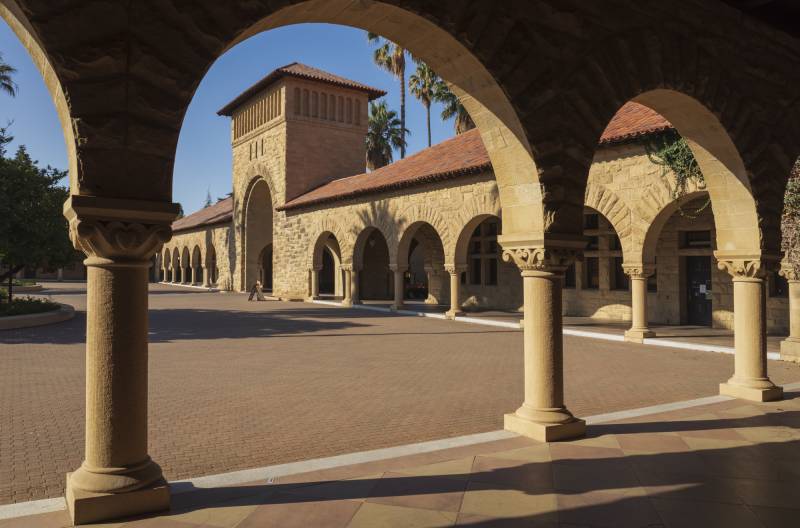“Those comments were essentially ignored until November of 2022,” said Dr. Ivan Oransky, who teaches at New York University’s Arthur L. Carter Journalism Institute and co-founded the nonprofit Retraction Watch. He’s also on the board of directors for PubPeer.
Oransky told KQED that the rise of online publication of scientific journals has encouraged more scientists and reporters to discuss concerns in a variety of forums.
“Let’s treat scientific error and frankly misconduct as the regular, frequent event that it is. There are 5,000 retractions a year now,” Oransky said. “I don’t know that they’re happening much more often. They’re in the news much more often.”
“The devil is always in the details,” Oransky went on, “so you don’t actually have to know about something to be responsible for it. I see a very common pattern of a leader who created and encouraged a culture of success above all else. … We must get these results and we must be able to publish them in these big journals because that’s how he (Tessier-Lavigne) continues to get grants and win support and get good positions. There was a deeper problem in that lab.”
The panel cleared him of the most serious allegation, that a 2009 paper published in the scientific journal Nature, was the subject of a fraud investigation and that fraud was found. The paper proposed a model of neurodegeneration, which could have great potential for Alzheimer’s disease research and therapy, the panel wrote in its report.
But the panel also concluded the paper had multiple problems, including a lack of rigor in its development and that the research that went into the paper and its presentation contained “various errors and shortcomings.” The panel did not find evidence that Tessier-Lavigne was aware of the lack of rigor.
The review, however, did find that Tessier-Lavigne did not work hard enough to get some of the problematic papers retracted.
“The Scientific Panel has concluded that at various times when concerns with Dr. Tessier-Lavigne’s papers emerged … [he] failed to decisively and forthrightly correct mistakes in the scientific record,” the review stated. “… timely correction or retraction and/or more forthright and transparent actions toward correcting the scientific record would have better-served science and all concerned.”
